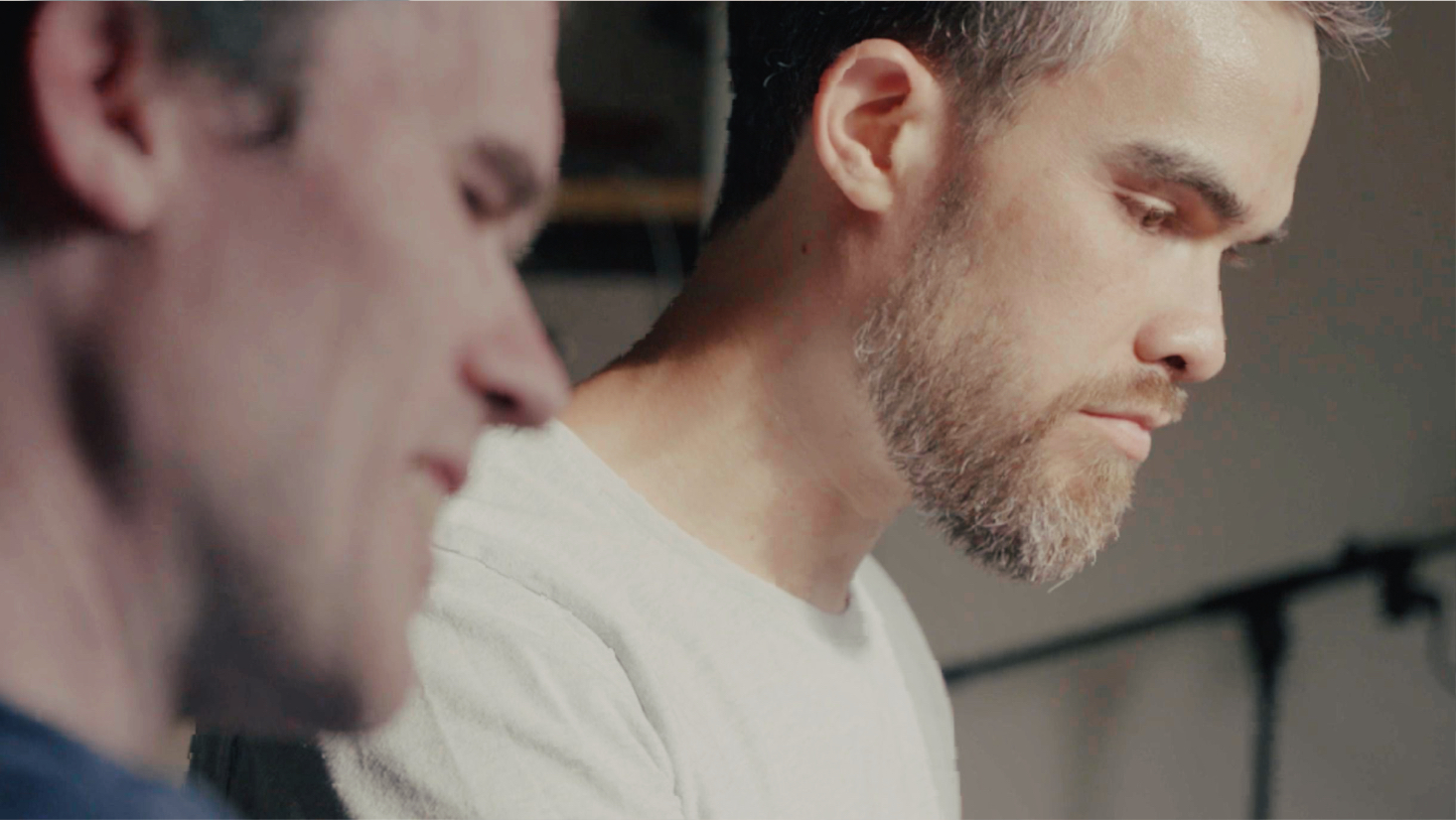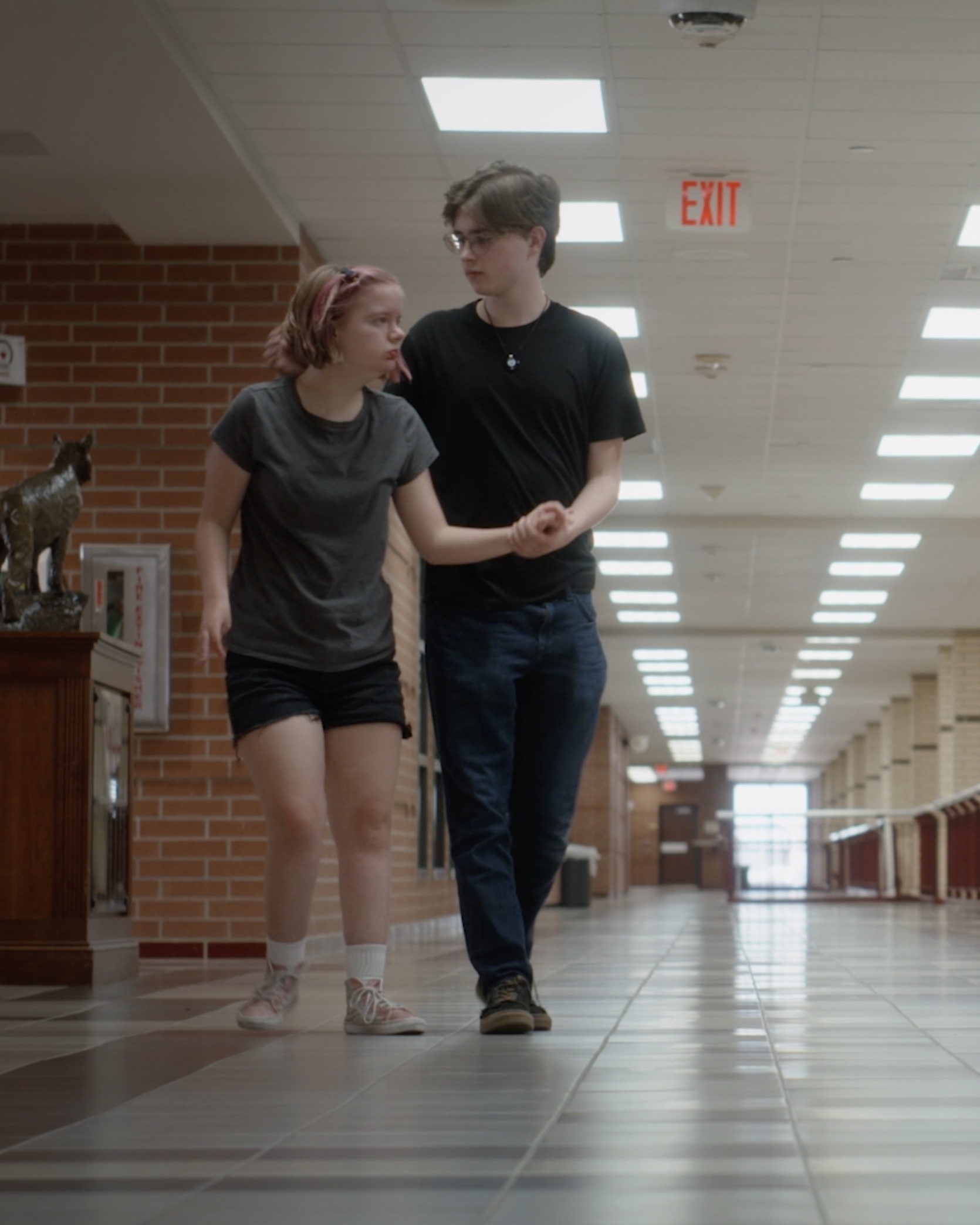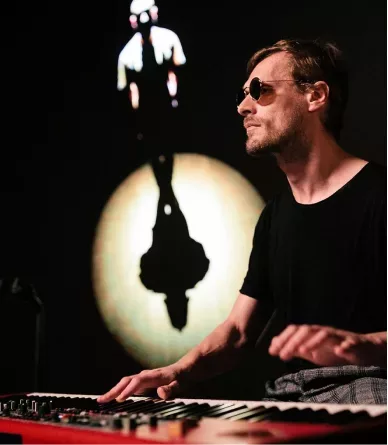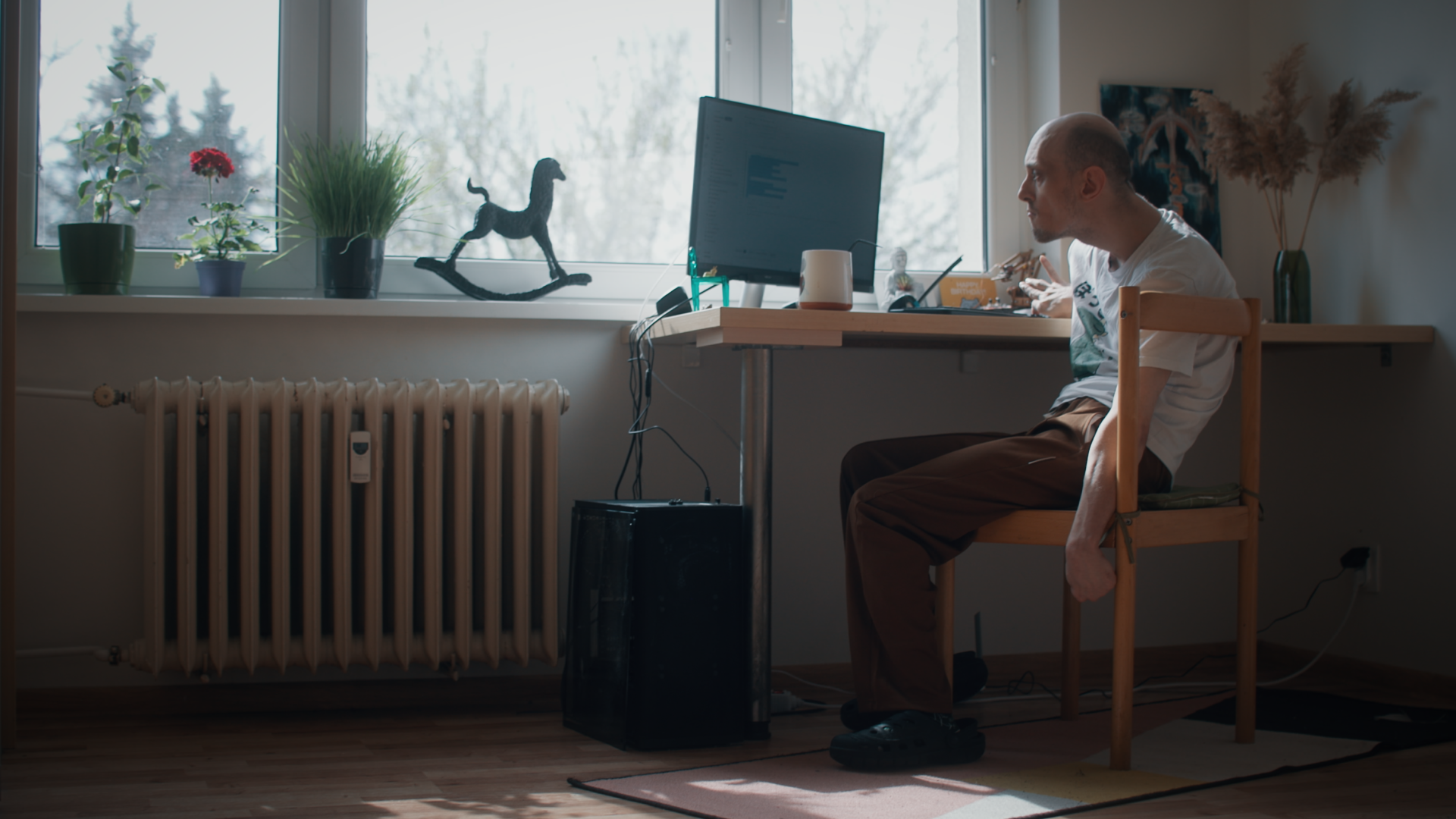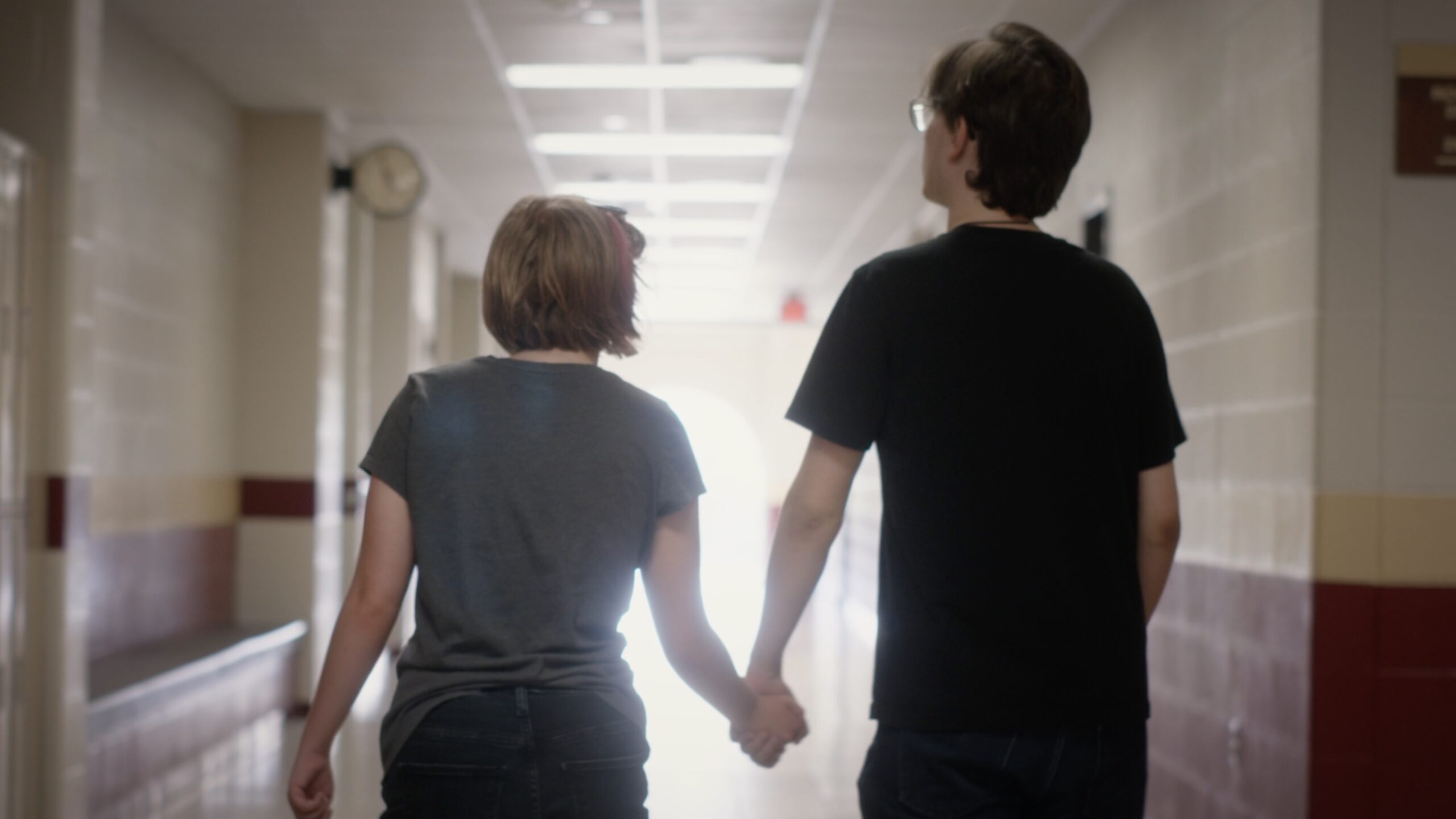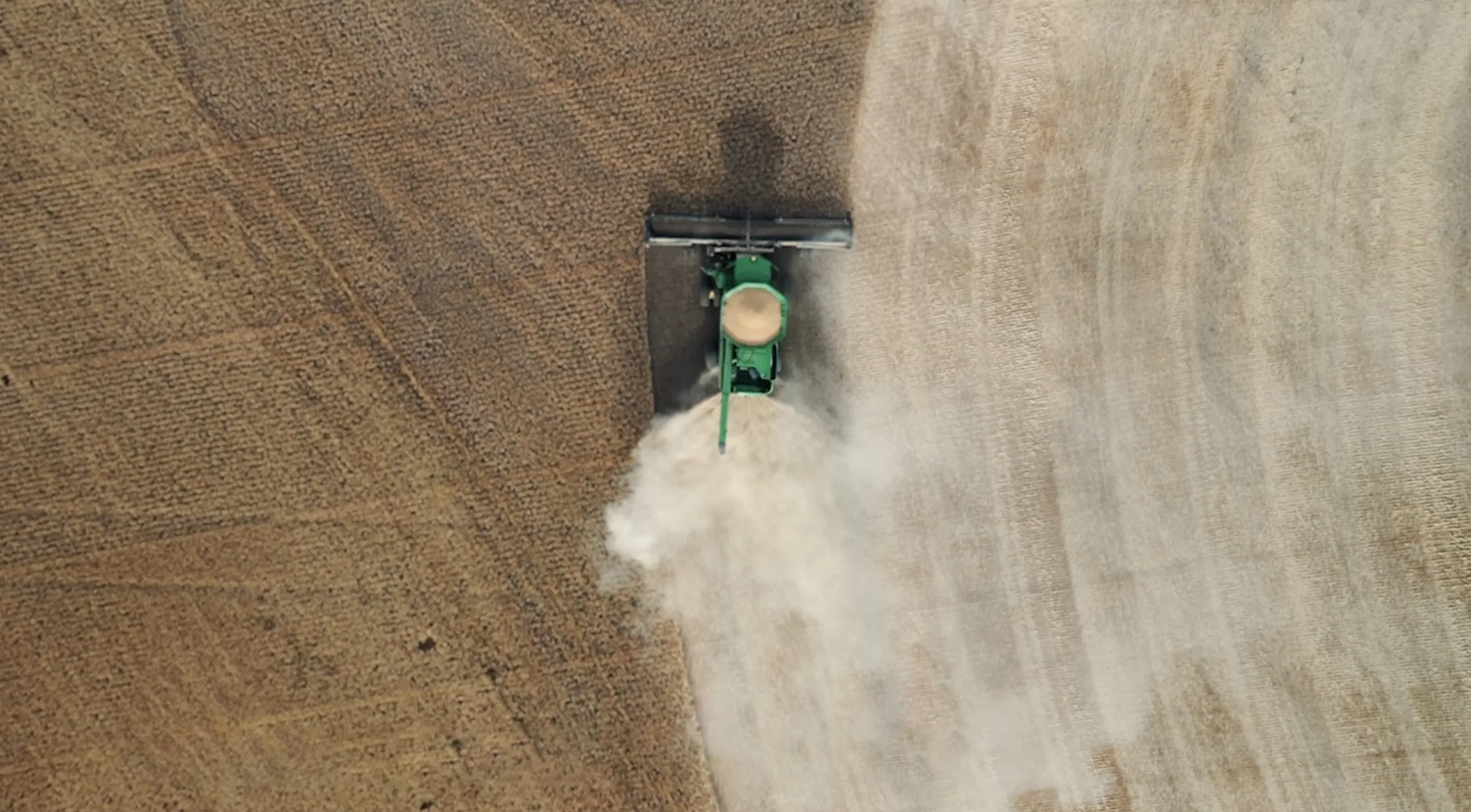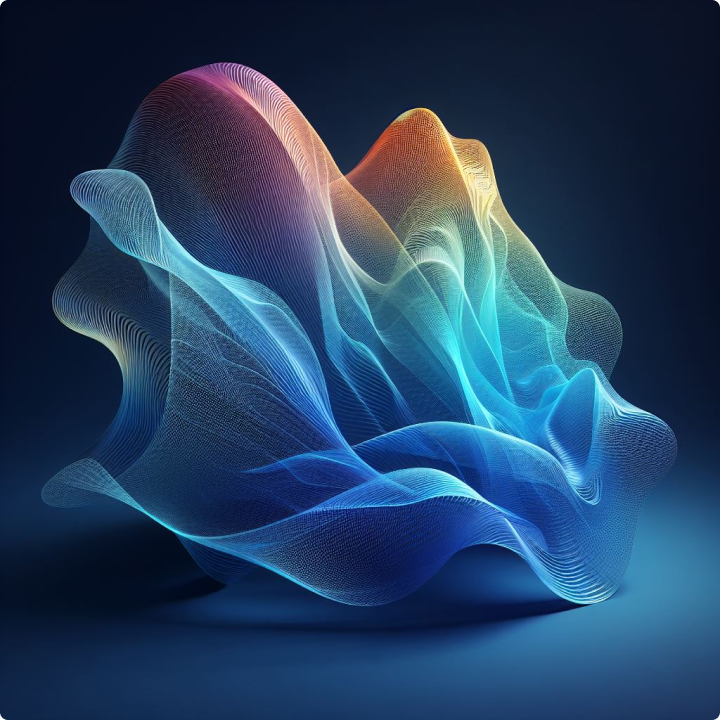An open-source screen reader for all
From working hard on a project to ordering Friday night delivery, most people use computers and screens for almost everything in their daily lives. Blind and low-vision people use computers and screens just as much, but they need screen reader software to communicate the content on the screen. Screen readers use a synthetic voice to read content and describe images.
Unfortunately, screen reader licenses aren’t affordable for most people, often costing as much or more than computers, making ongoing access to education, employment, and daily tasks a financial burden. According to employment statistics from American Foundation for the Blind, the unemployment rate for blind individuals is 50% to 70%, mostly because access to the right tools is too expensive.
Why do blind people have to pay so much when many of them are unemployed?
NVDA is in
175+ countries
and translated into
55+ languages
Jamie Teh and Mick Curran are software developers and musicians from Brisbane, Australia who met when they were kids at a music camp for the blind, where they bonded over a shared love of computer programming and music. They are now both married with families of their own and have remained close friends. Nearly two decades ago, they started one of their most important projects that would help change the world for the better while building a community of dedicated people.
In 2006, Mick took a break from college to work on an idea he had for screen reader software. He knew the high price was keeping many blind people from finding jobs or using a computer, and he wanted to change that with software that would always be affordable for everyone. He asked Jamie, who’d recently graduated with a degree in IT and was working full-time, to help him develop it. Jamie was excited to collaborate, despite his initial uncertainty about how successful they could be with software so many companies had been working on for years.
For the next year, Mick and Jamie worked together to create an open-source screen reader known as NVDA, or NonVisual Desktop Access, for computers running on Windows. A year later, Mick attended the CSUN Assistive Technology Conference hosted by the Center on Disabilities at California State University, Northridge. When Accessibility teams from major tech companies, including Microsoft, expressed interest in integrating NVDA with their platforms and browsers, Mick and Jamie knew they had a winning product. That year, they founded NV Access as a nonprofit organization to support the development of NVDA through funding and grants, and continued to attend CSUN for many years.
NVDA soon became available on GitHub as an open-source screen reader for Microsoft Windows, allowing a global community of contributors to develop the software with the latest updates and add-ons.
I was a little bit skeptical. What made us think we could write this?
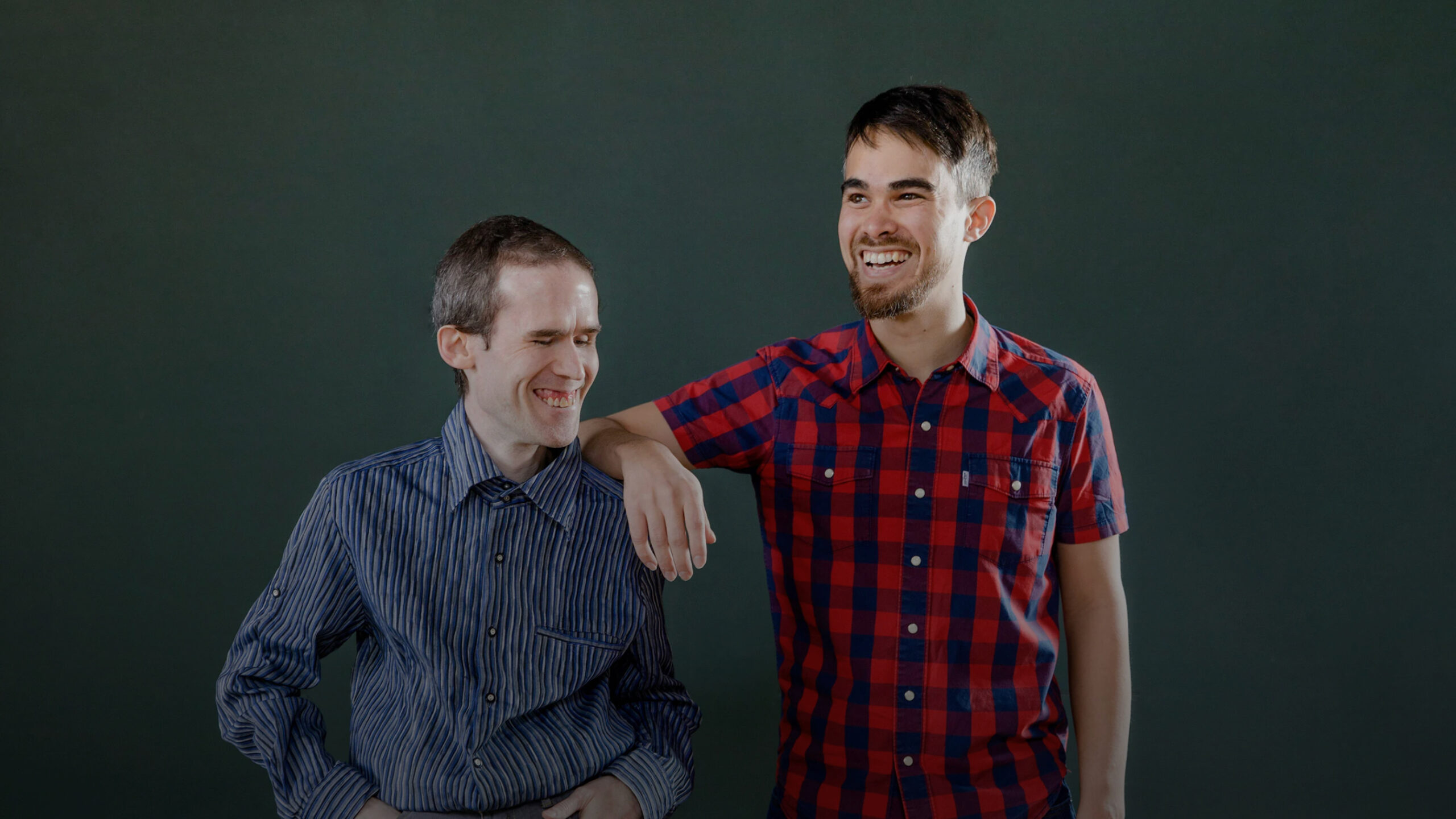
NVDA founders Mick Curran (left) and Jamie Teh
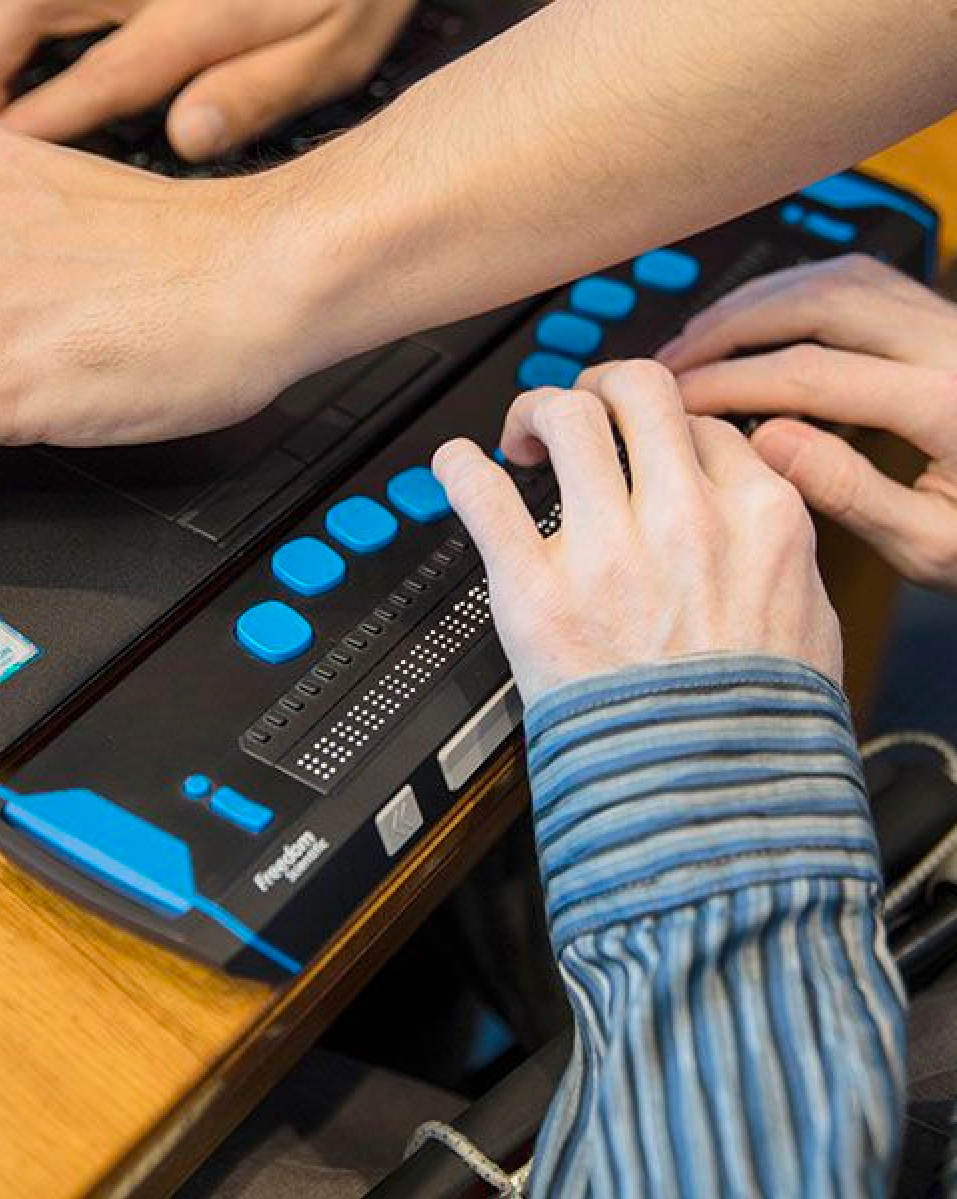
Building an open-source community
A huge part of Jamie and Mick’s philosophy is how important open source is in changing people’s lives, and the benefit of everyone contributing towards a common good. Today, NVDA is used by over 250,000 people around the world in 175 different countries, and has been translated into over 55 languages. It remains open-source and the community continues to shape the future of the product. NVDA is helping blind and low-vision people find jobs, stay employed, and navigate their daily lives within a supportive community.
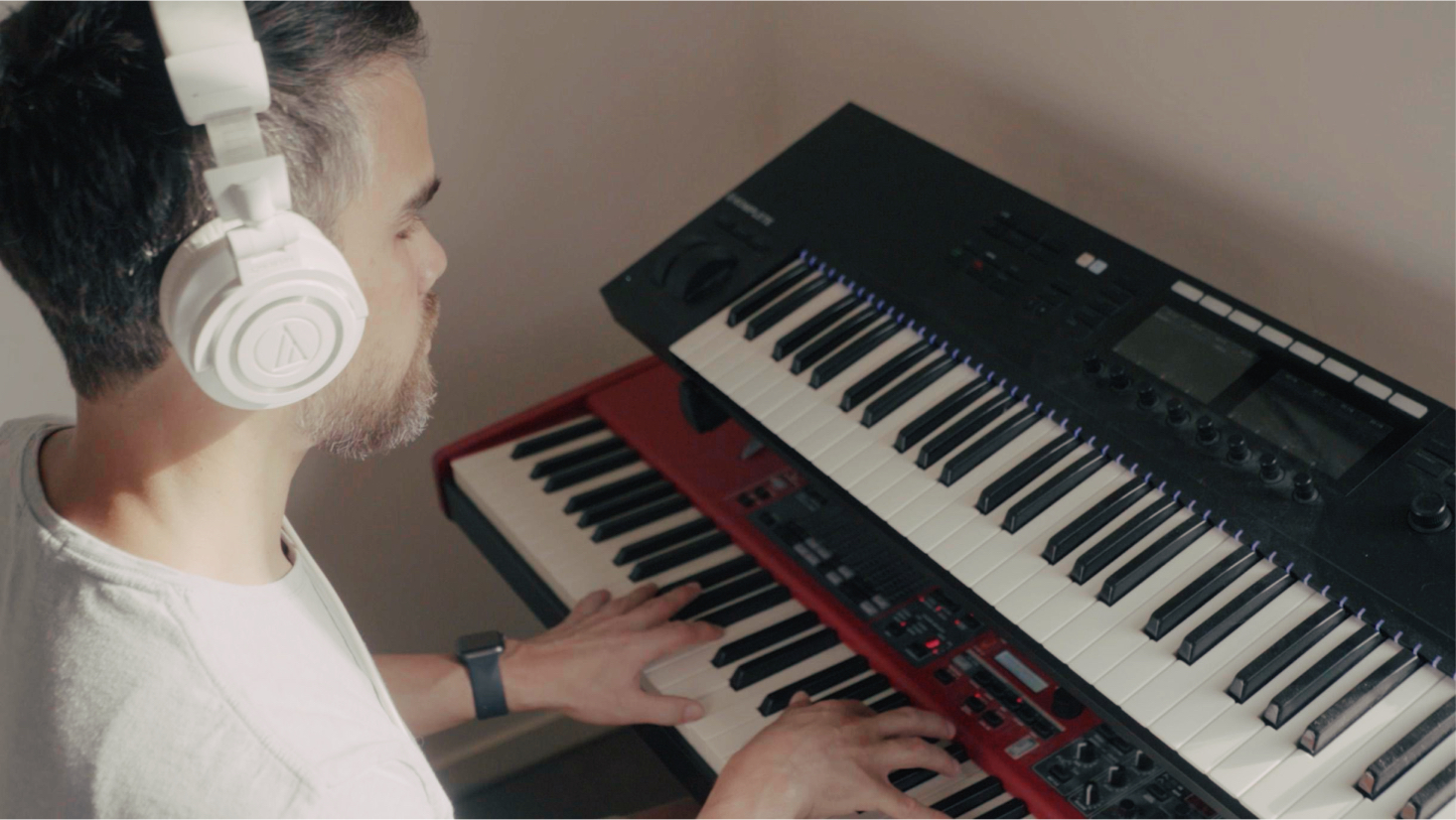
Jamie wanted a better workstation when playing music
Making audio production accessible
In 2014, Jamie wanted a better workstation for recording music that would make digital audio production accessible. He was encouraged by a friend to develop a music software plugin for himself and other blind and low-vision musicians. Jamie drew from his interest and experience in music production, and with others, developed what would become OSARA—a software that connects NVDA with the REAPER digital audio workstation. Today, thousands of blind and low-vision people are finding jobs and advancing in their careers with OSARA, and the community continues to grow. OSARA is an open-source software plugin designed for everyone to use for work and at home.
Images credits: University of Queensland
